GAT 029 Charles Lindsay
How to Photograph Enlightenment (Pause translation)
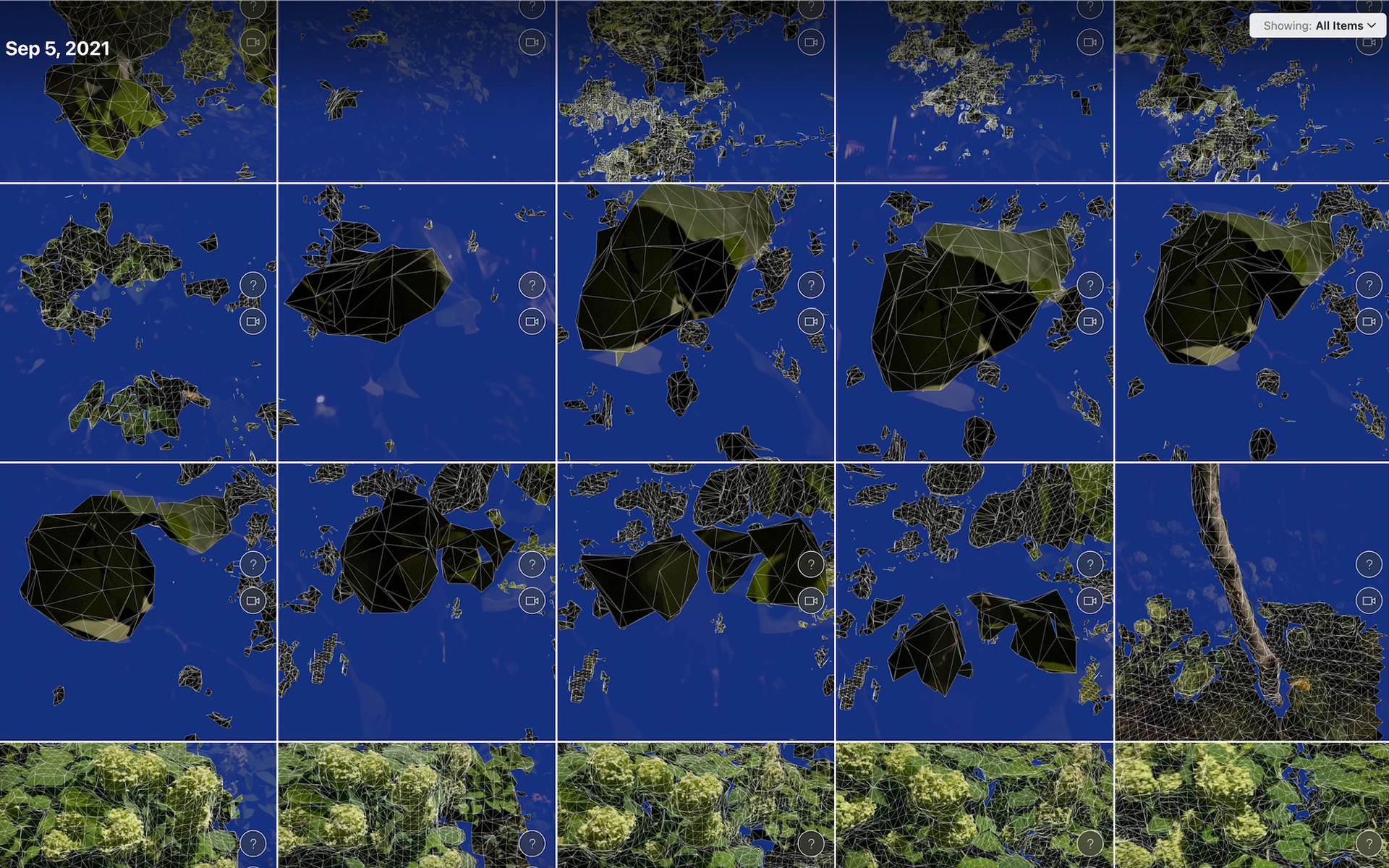
Because of the Chinese border closure caused by the COVID-19, Artist-adventurer Charles Lindsay had been stranded in Japan. An encounter with a Zen monk in Kyoto brought him a new project. What would be “conscious” in Zen context for Lindsay, who has been creating immersive environments, sound installations, sculptures built from salvaged aerospace and bio-technology equipment? The following is a summary of a talk given on October 09, 2021.
Edited by Ishii Jun’ichiro (ICA Kyoto)
Kyoto during the pandemic
I became stranded in Kyoto at the first part of the pandemic while on my way to China to meet museums and universities who I was discussing exhibitions and lectures with. I was going through Tokyo when China closed, so I went to see a friend in Kyoto for a few days. I stayed five months.
In the pandemic I thought to myself what object, what artefact, says ‘pandemic’ more than anything. In 100 years, what would symbolize the pandemic of 2020-2022? I thought the Hanami the Sakura beer can from the 2020 Olympics (that didn’t happen) is the most unique and interesting artefact.

So, I started to collect them, and crushed them, and I will use them in my coming art works including at Ryosoku-in. So, this was also having a little bit of fun in the pandemic. You know, what do we do in a pandemic? So I was in Kyoto and bought a bicycle and went bicycling every night and this was also part of the fun during this time while I was developing the ideas for my future artworks.
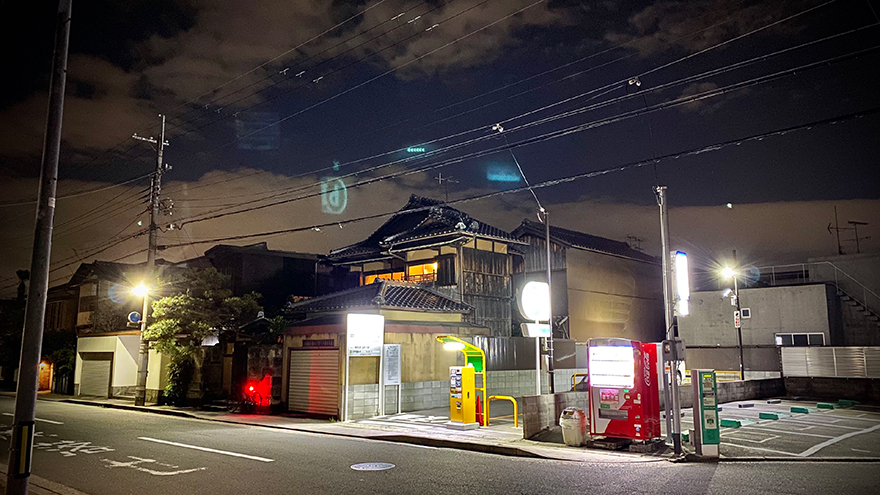
This is my apartment in Kyoto (where the lights are on) in a 100-year-old house, in Shimogamokitazonochō. Please notice the parking meter in yellow.
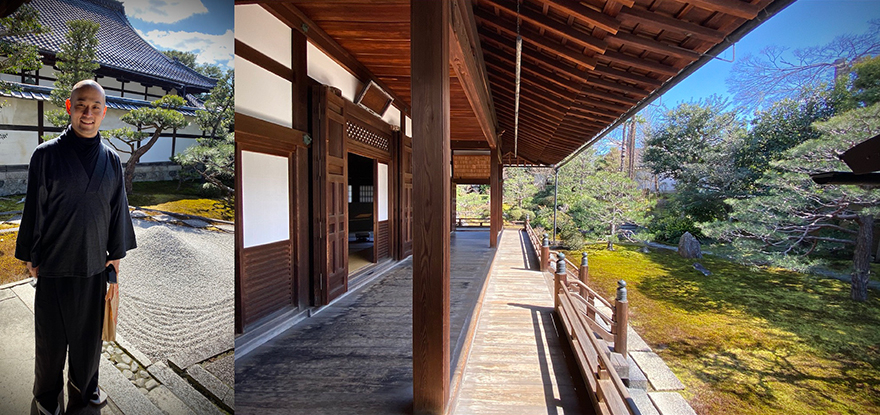
This is Toryo Ito-san at Ryosoku-in Zen Buddhist Temple. He is a vice abbot and that is inside the Kennin-ji temple complex.
I met Toryo early in the pandemic, just before everything closed. I have been interested in Zen Buddhism my whole adult life. My question for Toryo is can AI become sentient? Can it become conscious? And if so, could it become enlightened?
Based on this question, Toryo invited me to create an exhibition and installation in the temple. He has worked with contemporary artists previously. So I will be returning to Kyoto to pursue this exhibition. So, when I return to Kyoto, we will be discussing what is consciousness, what is enlightenment —- ideas central to Zen Buddhism.
Time, Space and Consciousness

This is a mock-up based on a parking meter next my house in Kyoto. And I intend to turn this into an interactive sculpture with Augmented Reality (AR), Gamifiying the viewer’s experience.
So, what does a parking meter sell? It sells time and space and I think this is a very interesting territory, it is a very interesting object to work with.
So, the title for the show is “How to Photograph Enlightenment.” I have been photographing a lot in Kyoto. Its a nonsensical question: how to photograph enlightenment? Do we know what an enlightened person would look like? Do we even know what enlightenment is in the contemporary age?
I actually think we do, but I am using this both with humor, but also with rigor, to think about what is this concept of consciousness? Is it wholly possible for humans, or can machines become conscious and enlightened?
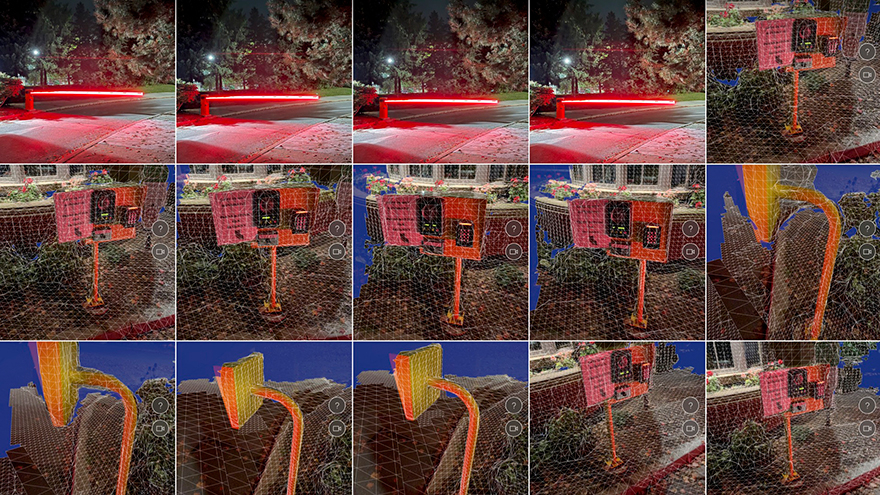
These are tests that I am making in Canada now with photogrammetry. The iPhone 12 uses LiDAR scanning, 3-D scanning and so these are really tests for when I return to Kyoto quite soon. These are scans, these are polygons, but this is photography. If you look at this image you might not think it is photographic but it is. 100%. So, what I am very interested in is the data collection that’s happening now in all regards.
These are processed images, but we are living in this time where all the data is being collected. This is a different level of collecting data through our device.
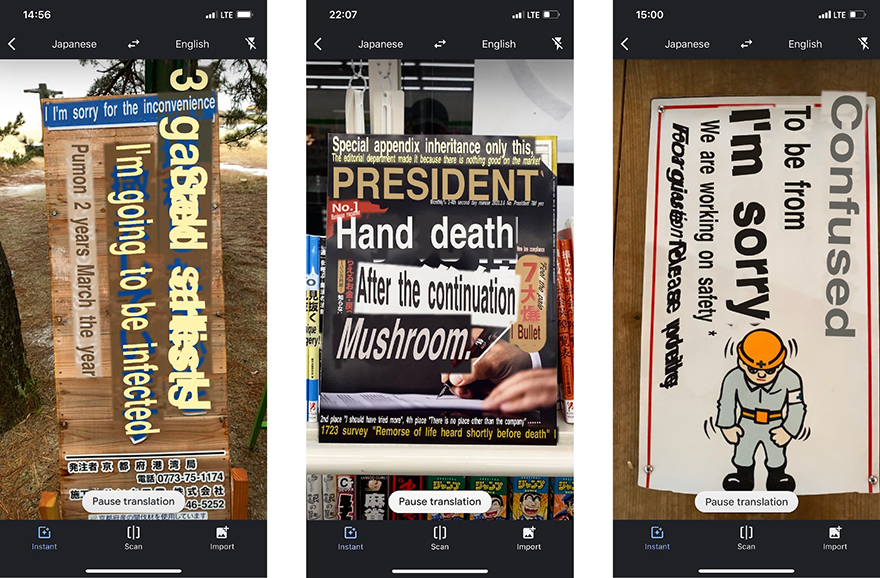
The combination of projects that I am developing, and this is sharing my process, now these are not complete, these are in process.
This is the work I call ‘Pause translation.’ If you see the pause translation on the screen, this is using the camera in Google translate and I am walking around Kyoto pointing it at signs and it is creating a kind of poetry to me. It is nonsense and sometimes the nonsense becomes poetry.
So, I am interested in something we could call glitch (poetry.) It is the errors in the translation that I think are very interesting. The point of this here, and this is an important point to finish what we are talking now, is this is where the technology is right now.
So, I imagine as the technology improves —it is improving very quickly — at some point in the future the translation will be perfect. And I imagine when the translation is perfect, it is no longer poetry. This is very interesting to think about, what is art? Art often exists in the imperfection, in the in between, and so I am exploring this in between and imperfection in the context of the evolution of technology with humans.
Charles Lindsay
Charles Lindsay is an artist-adventurer whose work synthesizes ideas about technology, time, eco-systems and semiotics. He creates immersive environments, sound installations, sculptures built from salvaged aerospace and bio-tech equipment. Lindsay founded SETI AIR, the SETI Institute’s Artists in Residence program, and created three art-works at NASA Ames Research Center. The FIELD STATION is his evolving installation concept. He is a Guggenheim Fellow.
Lindsay recently became Visiting Professor at Kyoto University of the Arts where he is developing the installation How to Photograph Enlightenment (Pause translation) for Ryosoku-in Zen Temple. His research questions if / when Ai will become sentient, self aware, and eventually enlightened. He has lectured and exhibited internationally, most recently at MIT Media Lab’s Beyond the Cradle: envisioning a new space age.
http://www.charleslindsay.com
* This talk was held online on October 9, 2021.